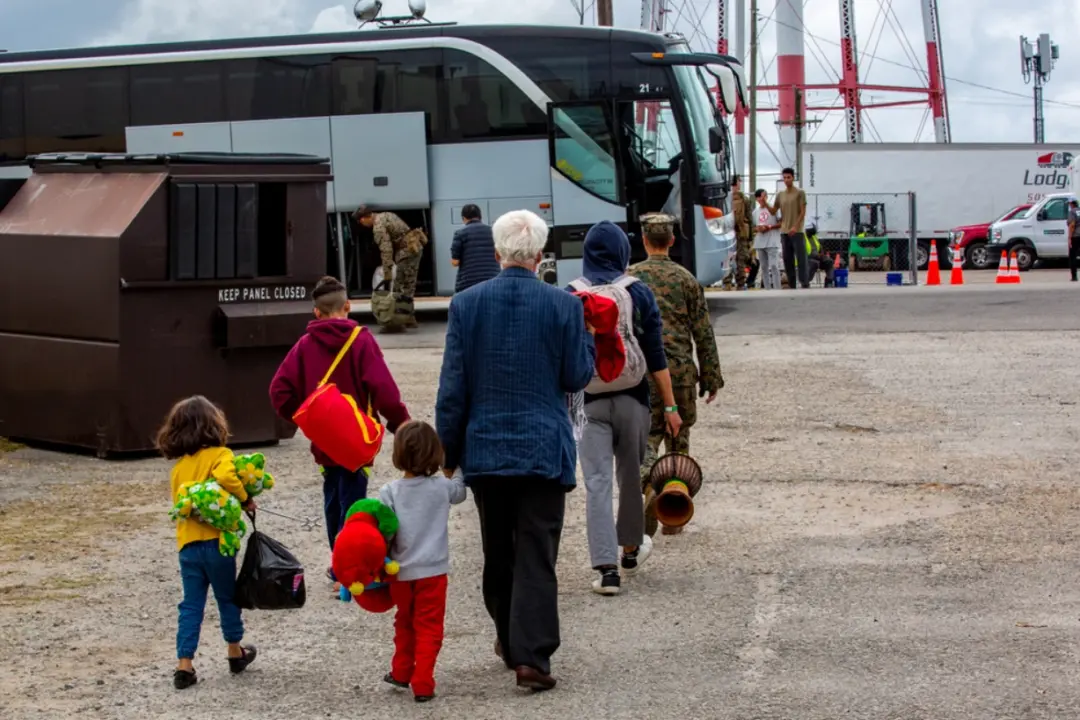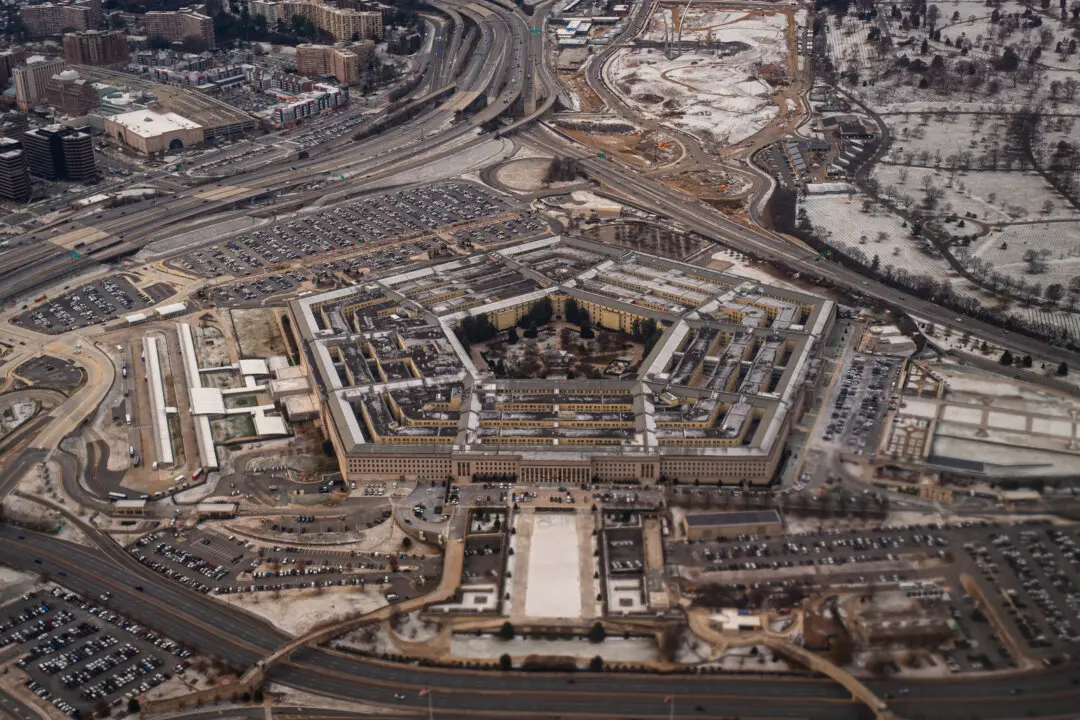The U.S. Navy expects to be 7,000 new sailors short of its annual recruiting goal when the fiscal year ends this month.
At a Senate Armed Services Committee hearing on Thursday, acting Chief of Naval Operations Adm. Lisa Franchetti announced that the service is on track to miss its fiscal year 2023 goal—ending Sept. 30—to bring in 37,700 active duty enlisted sailors. The service also aimed to recruit 2,528 active duty officers, 8,200 reserve enlisted sailors, and 1,940 reserve officers.





